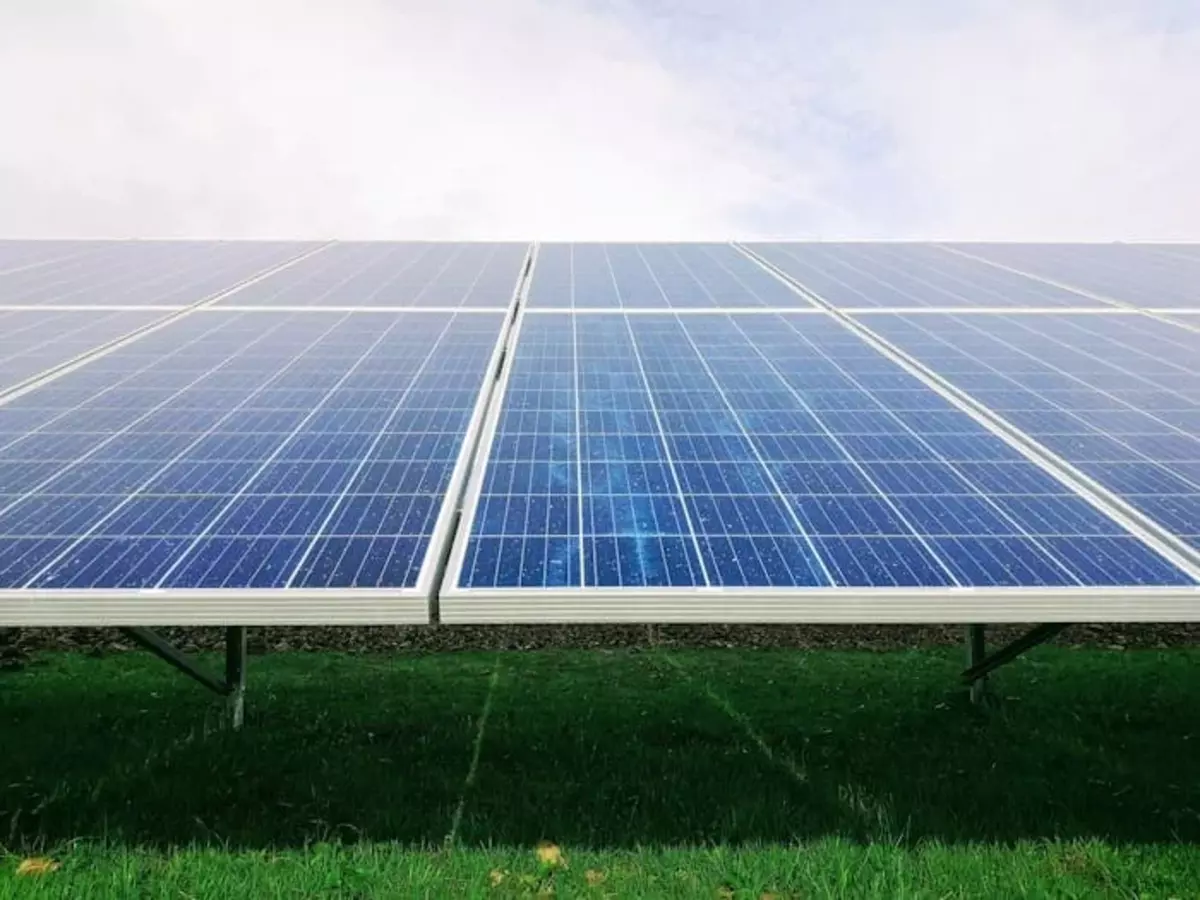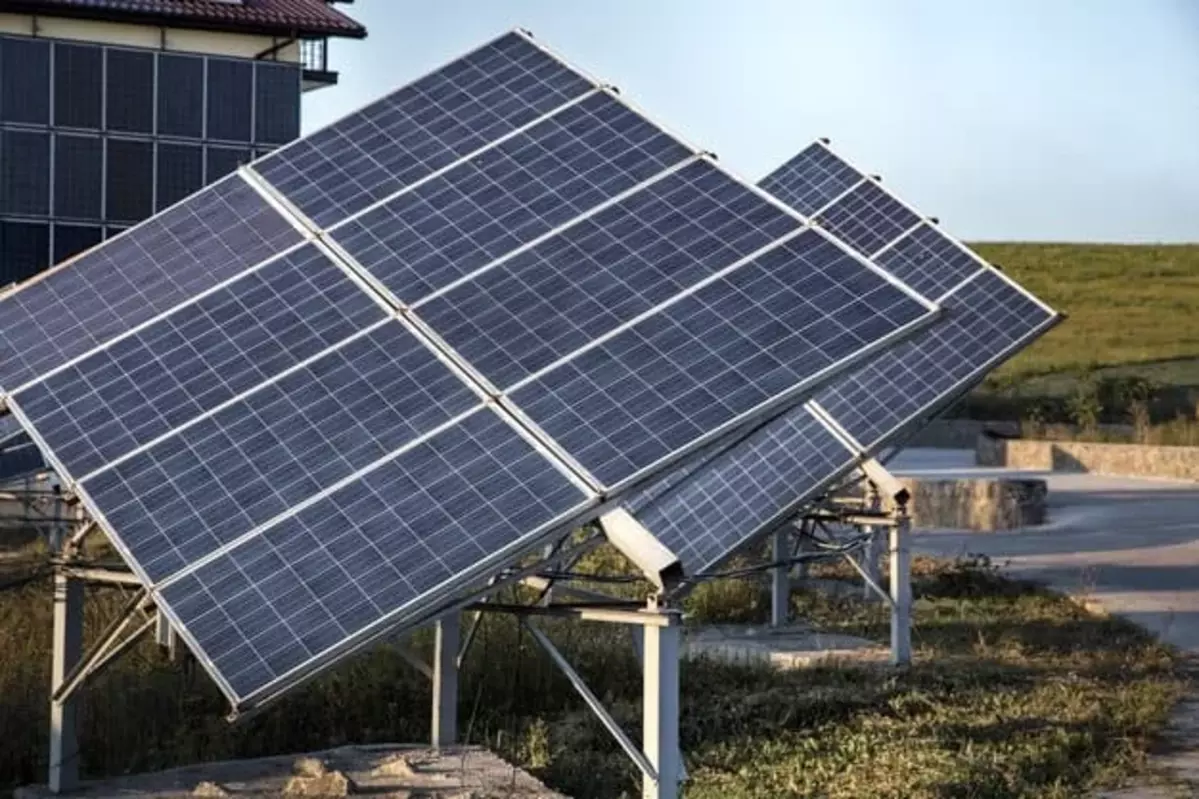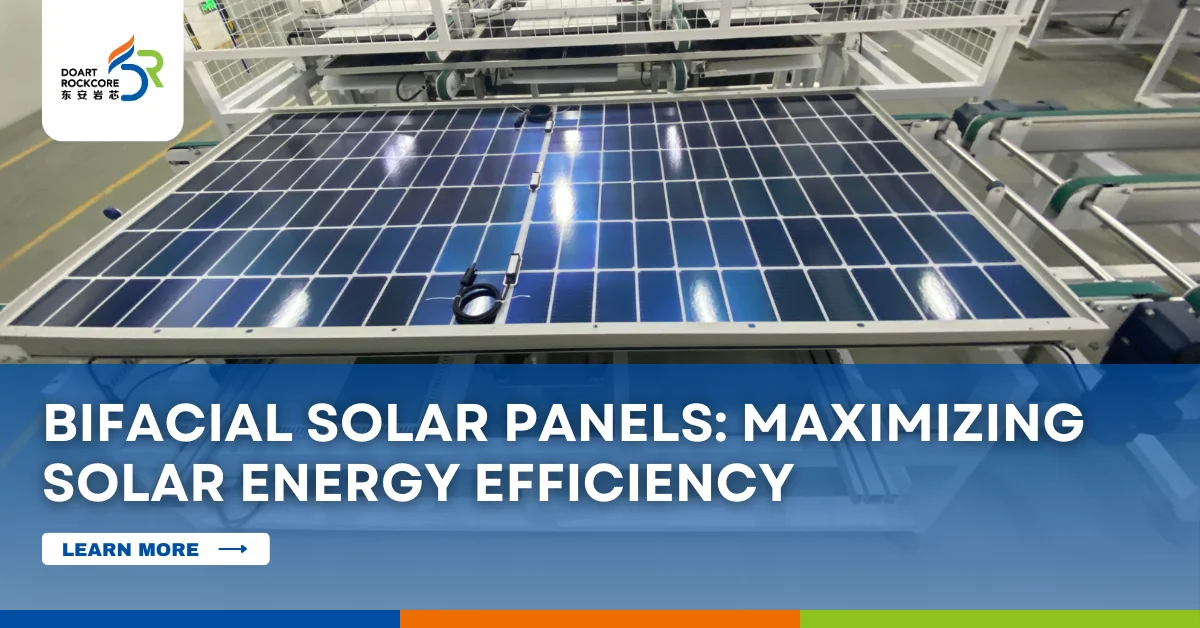Bifacial solar panels have revolutionized the solar industry with their extra production capabilities compared to traditional solar panels. If you are still not aware of how bifacial panels work, how they are different from traditional panels, and what their benefits are, don’t worry. In this article, you will find a comprehensive guide on the latest solar technology, bifacial panels.
Bifacial panels are considered the latest solar technologies, but it is important to note that the idea of bifacial panels began to emerge in the 1960s, and in the early 2000s, bifacial technology became more prominent. As the world progresses towards more technological innovation, the solar industry has also widely adopted bifacial solar panels. Keep reading to find key details about these panels.
What are bifacial solar panels?
A bifacial solar panel has photovoltaic cells on both sides, front and back. This unique design makes bifacial panels more efficient as they can capture sunlight from two sides. On the other hand, in traditional panels, photovoltaic cells are only on the front side, which means they only capture sunlight from the front. However, bifacial innovation allows for maximum sunlight capture, higher conversion, and better efficiency.
The double-sided light absorption of these panels results in 30% more energy yield as compared to the traditional panels. It also makes these panels perform better in low-light conditions, making them a perfect option for installation in various settings. These panels can be installed in areas with snow or sand and can be installed vertically, horizontally, or at any angle according to the requirements.
How do bifacial solar panels work?

The working process of bifacial solar panels is dependent on three things: light absorption, transmission, and reflection. These panels consist of photovoltaic cells on the front, enclosed within a glass over and on the back side, a transparent material that allows light to reach the front. This structure allows the panel to capture more sunlight, as sunlight is also being reflected from the backside.
When sunlight falls on the front of the panels, a portion of it is absorbed, and the rest reaches the backside. However, because in these panels photovoltaic cells are also present on the backside and reflective material, it redirects the sunlight to the front side, and more sunlight is captured and converted into energy. This light absorption, transmission, and reflection process is the basis of the workings of bifacial solar panels, allowing for maximum conversion.
Bifacial Solar Efficiency
The major advantage and reason behind the popularity of these solar panels is the enhanced efficiency that they provide. A panel’s efficiency is its ability to convert sunlight into usable electricity. The more a panel can convert sunlight into electricity, the higher its efficiency. Now, if we consider the structure and working of bifacial solar panels, they absorb maximum sunlight, which is higher than traditional solar panels, which means the efficiency of these panels is also high.
These panels provide 5–30% more efficiency than the traditional panels, making them a perfect solution for large-scale installations. More energy conversion also means a huge saving on costs. It is also a perfect solution for areas with space limitations and high electricity rates.
Benefits of Bifacial Panels

Besides higher efficiency, there are many other benefits of these solar panels.
- Space optimization
As these solar panels convert maximum sunlight, there is no need to install a large number of solar panels to meet your energy needs. It will save you a lot of space, as a smaller number of bifacial solar panels can provide the same energy output as a large number of traditional solar panels.
- Ideal for harsh environments
The high efficiency of these solar panels also makes them an ideal choice for areas with high reflectivity. For instance, in snowy regions or white rooftops, these panels can be very effective, as they will perform well even in low-light conditions.
- Durability and longevity
The construction of bifacial solar panels is also reported to make these panels more durable and last longer. For instance, Doart offers a 30-year performance warranty on its bifacial solar panels, which means it will perform efficiently for a long time.
- Reduced PID
The glass-on-glass design makes these panels more robust, which results in lower potential-induced degradation. It makes bifacial panels provide stable performance for a long time, which ultimately makes them a more reliable and cost-effective solar panel option.
Bottom Line!
Bifacial solar panels are one of the most significant advancements in solar technology. With multiple benefits, such as higher efficiency and durability, these are the perfect solutions for the energy needs of residential and commercial properties. Beyond these benefits, these panels also offer a sustainable energy solution, contributing to reduced environmental impact and long-term cost savings. Remember to choose bifacial panels from a reliable brand like Doart Energy to ensure you invest in the right product.

